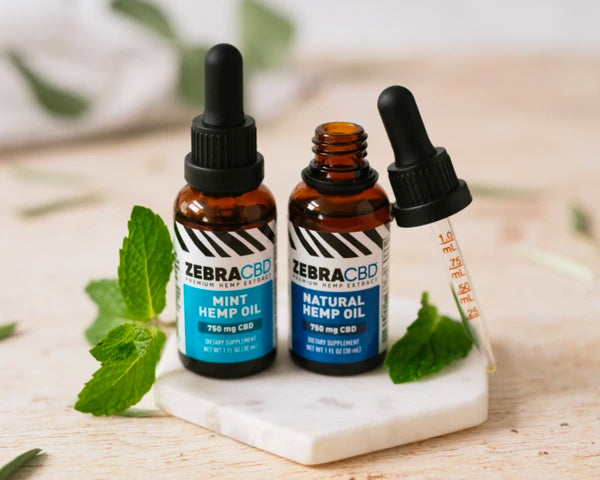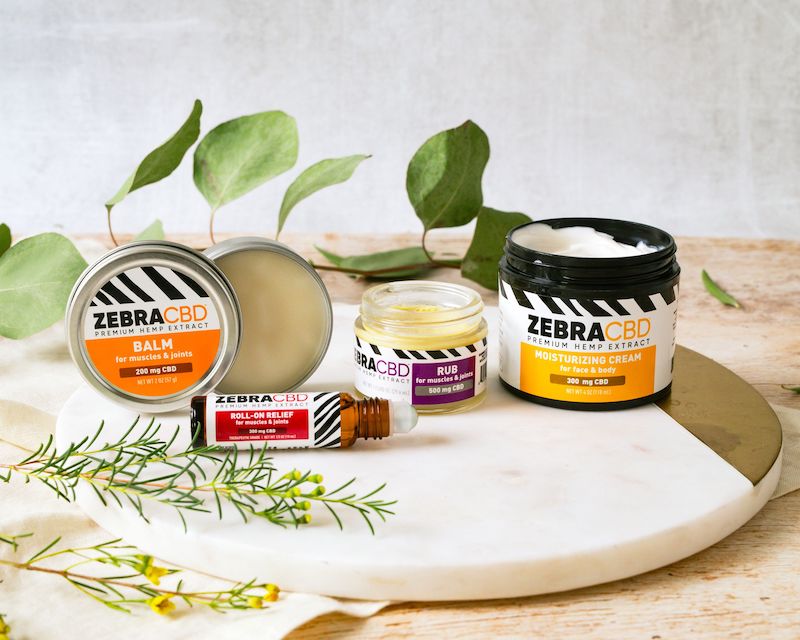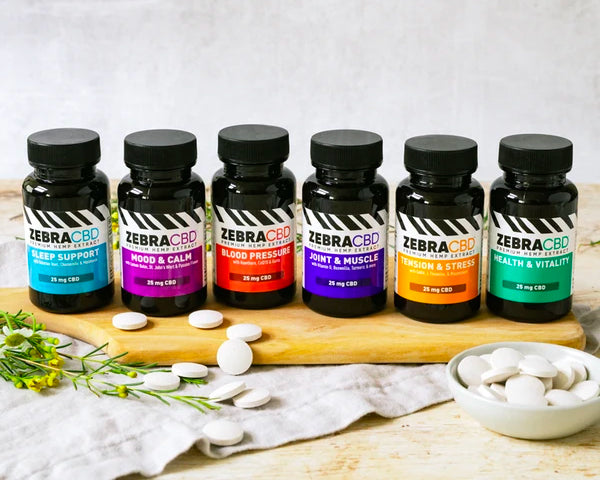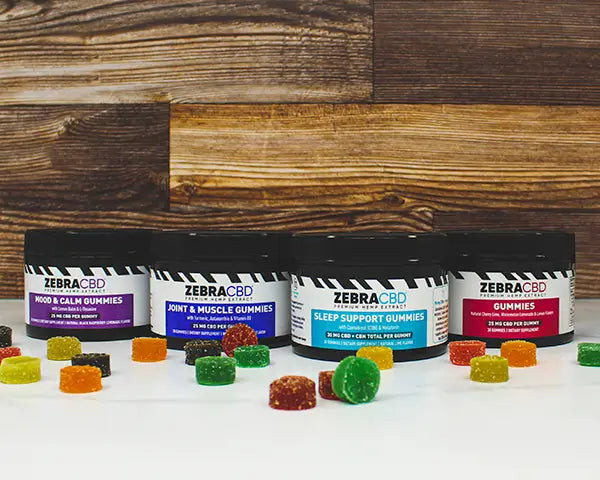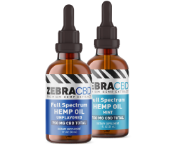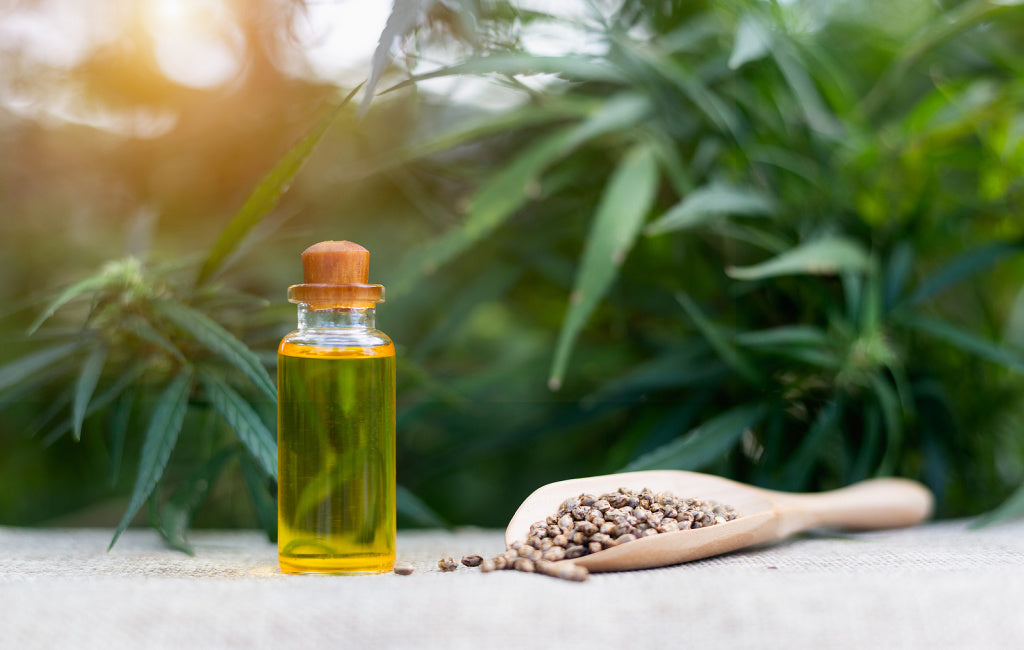
If you’re interested in CBD, you might have questions about how and when CBD products became legal. After all, doesn’t CBD come from weed?
CBD naturally occurs in all cannabis plants; this includes both marijuana, which is currently legal in one form or another or decriminalized in all but six states, along with hemp, which was made legal throughout the U.S. by the 2018 Farm Bill.
According to the language of that bill, “hemp” refers to cannabis plants that contain less than 0.3% THC. But colloquially, the term has been used to describe cannabis plants used for textile, paper and numerous other non-psychoactive purposes.
In the 17th century, hemp was farmed throughout the U.S. In fact, the Constitution was inked on hemp paper! However, hemp has had a tumultuous history in the States.
In this short guide, we’ll give you an overview of the hemp plant and its properties.
A Brief History of Hemp
While the 2018 Farm Bill set standards for legal hemp within the U.S. the plant was farmed by some of the earliest human civilizations. Historical records trace the earliest evidence of use to 2,800 B.C.
Throughout the world, hemp has been used for a variety of purposes, including:
- hemp fabric for clothing and textiles
- rope and twine
- ship sails and caulking
- batting (for furniture) and insulation
- paper
- food
Hemp’s Rise and Fall
But what happened to the hemp industry and the American hemp farmer? How did a crop once so essential to commerce and culture become widely illegal by the end of the 20th century?
The age of exploration, lasting through the 17th century, launched the rise of global trade. With that came the introduction of new materials that took over hemp’s traditional uses:
- Cotton and flax were less labor-intensive to process than hemp and replaced it as the leading textiles for apparel and other purposes.
- Increasing construction led to mass deforestation, which meant plenty of wood pulp for use as paper.
- Once hemp was no longer needed to manufacture products, there was no point in growing it for food, since hemp seeds account for very little of the plant’s overall mass.
Hemp in the U.S.
In the 17th century, hemp was farmed throughout the U.S. In fact, the Constitution was inked on hemp paper! However, hemp has had a tumultuous history in the States. The first efforts to limit hemp farming occurred in 1937, when congress passed the Marihuana Tax Act, which laid out standards for licensing and taxation.
Why was it passed?
There’s much historical debate as to whether the main purpose was restricting the recreational use of cannabis as a drug or giving an unfair advantage to the wood-pulp paper industry.
During World War II, there was another uptick in hemp production, but it industrial hemp farming faded again shortly thereafter.
Then, in 1970, the Controlled Substances Act (CSA) erased the legal distinction between hemp and marijuana, listing all cannabis plants as Schedule I drugs that could not be used for recreation nor medication. The CSA made it illegal to farm hemp for any purpose, be it paper or textiles or CBD.
Hemp Since 2018
As we’ve noted, the 2018 Farm Bill once again created a legal separation between hemp and weed. Because hemp has less than 0.3% THC, it is not psychoactive. This has opened the floodgates for a new renaissance of hemp products. Next, we’ll review some of the plant’s unique structures and uses.
What Is Hemp Seed?
Hemp seeds are the seeds of the hemp plant. Technically speaking, they’re a nut, containing both a hard hull and a soft, inner core (often called the hemp heart).
Hemp seeds are nutritious, containing:
- 3 grams of protein per tablespoon
- heart-healthy fat
- Iron
- vitamin E
- magnesium
- zinc
Where to Find Hemp Seeds
Thanks to their high protein content, hemp seeds can be a beneficial addition to your diet. You can consume hemp seed in any of the following forms:
- Hemp seed oil – This versatile hemp oil is made of pressed hemp seeds. Some people take a tablespoon (or two) orally as a health supplement. Others prefer to incorporate it into salad dressings and marinades.
- Hemp hearts – Hulled hemp hearts can be eaten raw or roasted to bring out a nuttier flavor. Add hemp hearts to salads and smoothies or use them in place of nuts in granola and other baked goods.
- Hemp milk and derivatives – Hemp milk can be used as a dairy substitute in coffee drinks, smoothies and baking. Likewise, it can be aged and fermented to create products like hemp cheese and cream cheese. These products can be especially suitable for people with soy allergies.
What Is Hemp Fiber?
As we’ve already mentioned, hemp has been used throughout history in the manufacture of textiles and paper. These products are all derived from a single part of the plant: the hemp stalk.
- The leaves and hemp buds of the hemp plant grow from long, fibrous stalks. These account for much of the plant’s biomass, making them one of the most useful hemp components.
- Hemp stalks are made of a wood core surrounded by bast (aka fiber). Hemp fibers can be anywhere from 3 to 15 feet long.
- Fiber must be separated from the wood core. This can be achieved as the plant naturally decays, but the process can also be accelerated through immersion in water or treatment with enzymes.
- Once separated from the wood core, hemp stalk fibers can be balled (like yarn) and used for various purposes.
Beyond use in textiles and paper, hemp can be used as flooring or mulch. Combining it with building materials can strengthen walls, and it can even be used to build car parts!
Another use for the fibers of the hemp plant is hemp wick.
What is hemp wick?
If you’ve ever had concerns about the safety and environmental impact of your butane lighter, you may want to look into hemp wick. This long strand of hemp twine is coated in wax. Light it once, and it will burn very slowly, allowing you to keep using it as you light every candle in your home.
What Is a Hemp Flower?
The sticky, fragrant “bud” that many people know as “weed” is actually the cannabis plant’s flower, and it’s where most of the beneficial chemical compounds are concentrated in the hemp plant. Flowering requires significant energy from the plant, so it can stunt growth. Therefore, legal hemp plants may be harvested before flowering to derive fiber and seeds. When hemp plants do flower, the flowers can be used to create legal CBD products.
What Is Hemp Extract?
Hemp extract refers to any and all extracts of the hemp plant’s component parts. Many hemp extracts contain CBD.
Is CBD really found throughout the cannabis plant? As we’ve noted, hemp flowers boast a rich concentration of CBD — but they're not the only part of the plant that contains this potentially beneficial compound.
CBD can be found in varying concentrations throughout the hemp plant, including:
- stalks
- leaves
- stems
- flowers
Hemp Extract Benefits
How can CBD enhance your wellness and vitality?
Hemp-derived CBD is thought to interact with the human endocannabinoid system (ECS) to create a variety of beneficial effects. These include:
- Relieving stress – Adding a CBD oil or tablet to your daily routine could help you cope with bouts of nerves
- Getting better sleep – If you have trouble falling asleep or staying asleep, try taking a CBD and melatonin tablet at bedtime
- Recovering from exercise – Applying CBD oil or other CBD products after exercise can help to target post-exercise inflammation in sore muscles.
- Brightening skin – Soothe your skin and reduce redness with antioxidant-rich CBD.
- Extraction Techniques
There are many different hemp extracts on the market.
If a product is labeled “hemp extract” with no mention of CBD, be aware that it might not contain much of this beneficial ingredient. Instead, it may be extracted from stalks and leaves without any inclusion of flower extract.
Products labeled “CBD” can be made with many different extraction techniques. Popular options include:
- Full spectrum – Contains the full array of compounds naturally found in hemp, including THC, cannabinoids, terpenes and flavonoids.
- Broad spectrum – Contains all of the above compounds, minus THC.
- CBD isolate – Contains only CBD.
Explore Hemp’s Benefits With Zebra CBD
When choosing a hemp extract, it’s important to buy your product from a reliable brand that meets its label claims. While hemp extract should always contain less than 0.3% THC, some brands may have more than advertised on their label — or they may not state dosage and quantities on the label at all!
Zebra CBD’s scientifically formulated CBD products come with a Label Accuracy Guarantee™, So you can rest easy knowing your hemp extract contains low THC and no heavy metals, pesticides or insecticides.
Our line of expertly formulated products combines premium hemp with other complementary natural ingredients to help you boost your vitality and experience the best that hemp has to offer.
Source:
USDA. 2018 Farm Bill. https://www.usda.gov/farmbill
Thistle. The People’s History. https://www.mit.edu/~thistle/v13/2/history.htm
Hemp Institute. Hemp History. https://thehia.org/History/
Hemp Traders. Hemp Fiber. https://www.hemptraders.com/Hemp-Fiber-s/1828.htm

